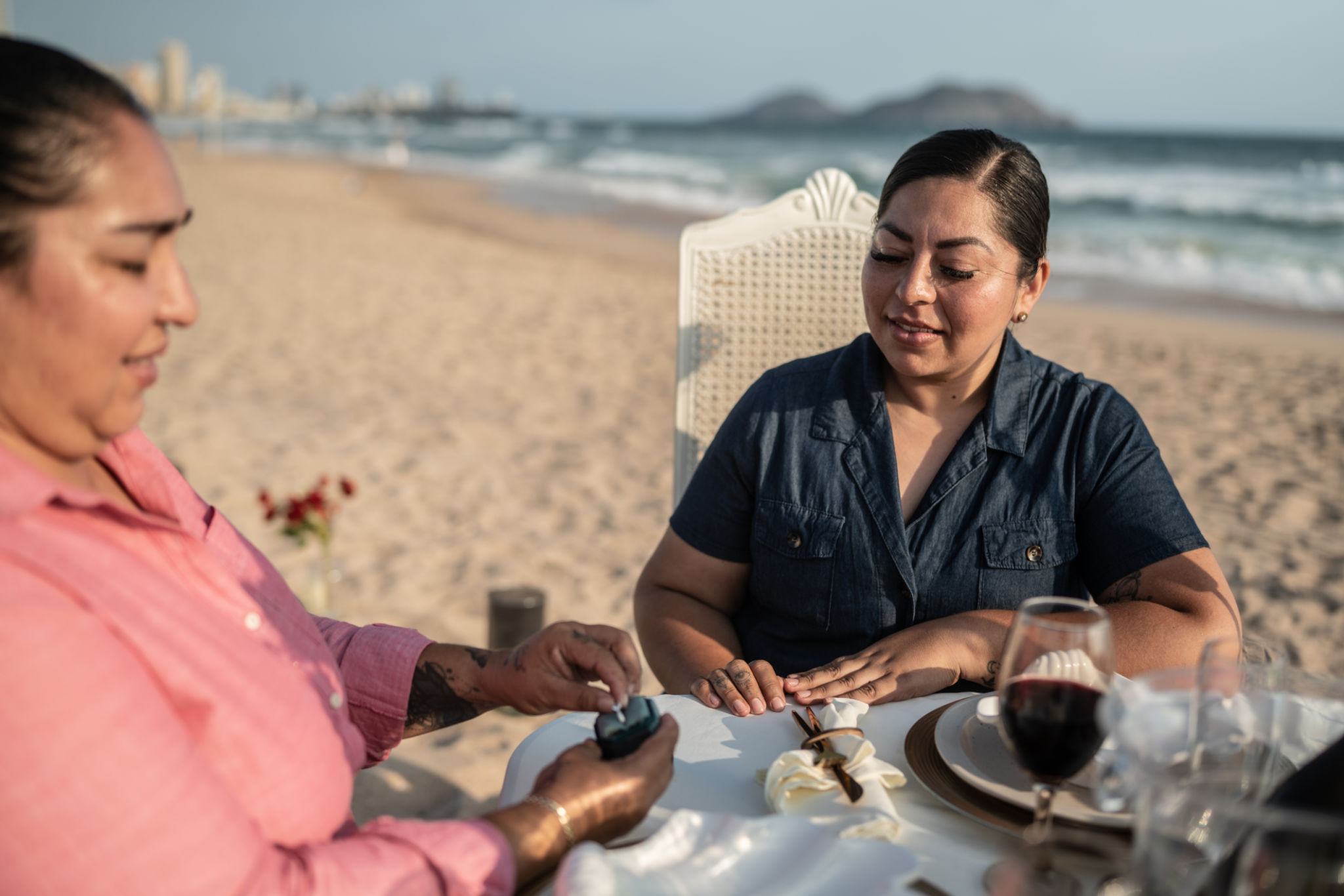Top Strategies for Teaching Wellness to Underserved Girls
Understanding the Importance of Wellness Education
Teaching wellness to underserved girls is a crucial step in fostering long-term health and empowerment. Wellness education encompasses physical, mental, and emotional health, providing girls with the tools they need to lead balanced and fulfilling lives. However, reaching underserved communities poses unique challenges that require thoughtful strategies.

Developing Culturally Relevant Programs
One of the most effective strategies for teaching wellness is to develop programs that are culturally relevant. Understanding the cultural backgrounds and specific needs of the community can help tailor the program content, ensuring it resonates better with the participants. Incorporating traditional practices and values can make wellness education more relatable.
Community Engagement
Engaging community leaders and parents is vital in gaining trust and support for wellness programs. This involvement not only helps in customizing the program but also ensures that it is sustainable and accepted by the community. Hosting workshops and open discussions can be effective ways to involve community members.

Utilizing Interactive and Hands-On Activities
Interactive and hands-on activities are particularly effective in engaging young learners. These activities can include cooking classes, yoga sessions, or outdoor adventures that teach the importance of physical fitness and nutrition. By making learning fun and engaging, girls are more likely to retain information and apply it in their daily lives.
Incorporating Technology
Leveraging technology can enhance learning experiences and accessibility. For instance, mobile apps focusing on mental health or online workshops can be invaluable resources. Providing access to digital tools ensures that even those in remote areas can benefit from wellness education.

Building a Supportive Environment
A supportive environment is key to successful wellness education. Creating safe spaces where girls feel comfortable sharing their thoughts and experiences encourages open communication. Mentorship programs can also provide guidance and role models for young girls, helping them navigate challenges.
Peer Support Networks
Establishing peer support networks can foster a sense of community and belonging. These networks allow girls to share experiences, support each other, and build friendships. Encouraging collaboration rather than competition promotes a healthier social environment.
Measuring Program Success
To ensure that the wellness programs are effective, it is essential to measure their success through feedback and assessments. Regular evaluations help identify areas for improvement and track the progress of participants. This data-driven approach ensures that programs continue to evolve and meet the needs of the community.

In conclusion, teaching wellness to underserved girls requires a multifaceted approach that considers cultural relevance, interactive learning, community involvement, and supportive environments. By implementing these strategies, we can empower young girls with the knowledge and skills they need to thrive.